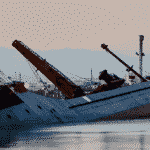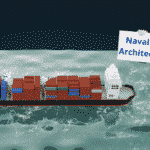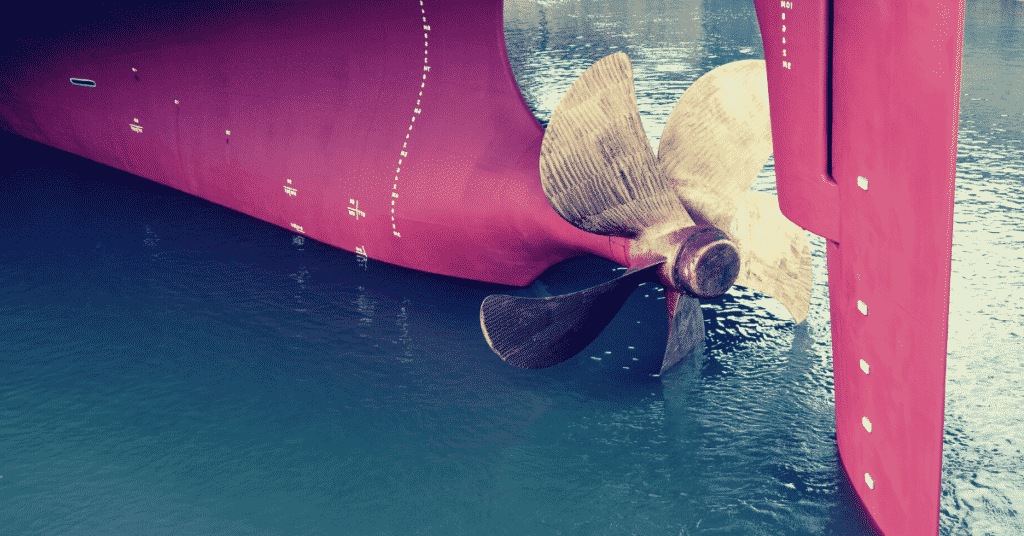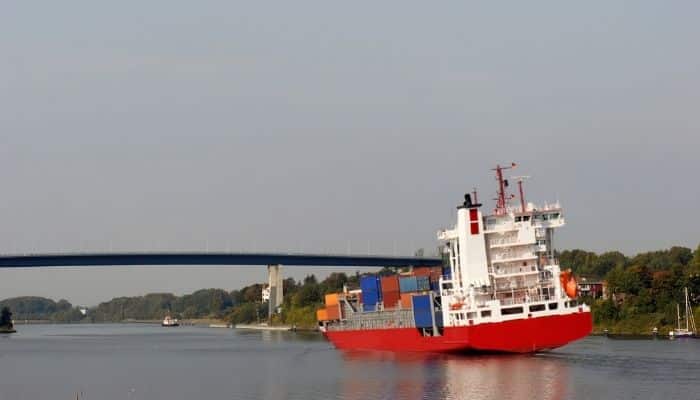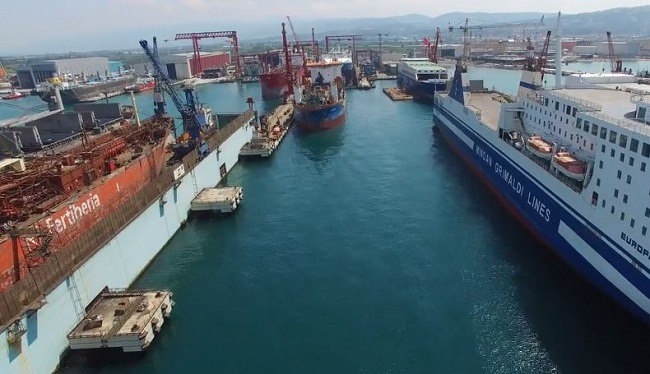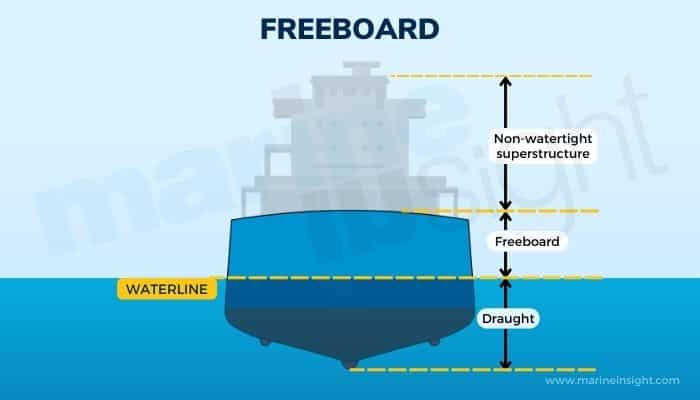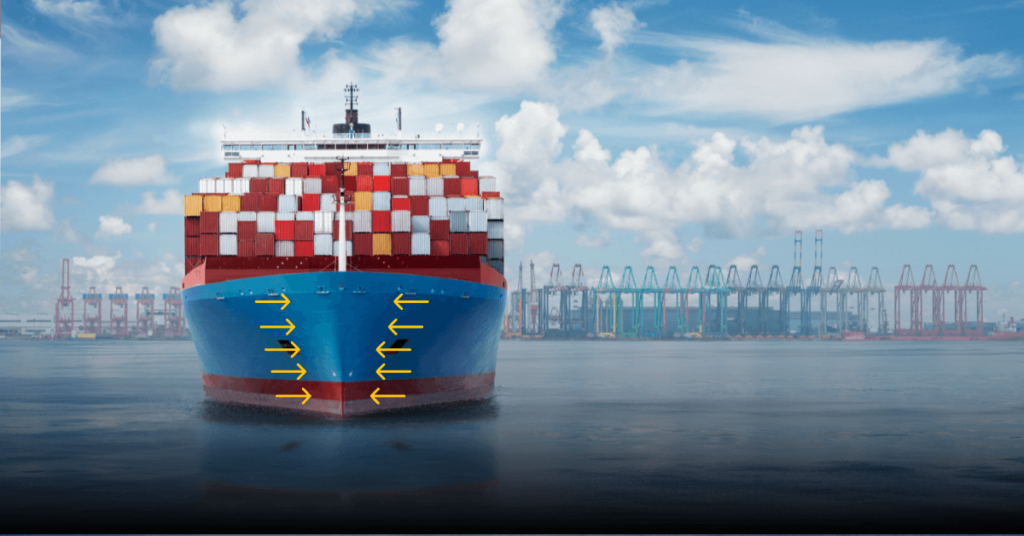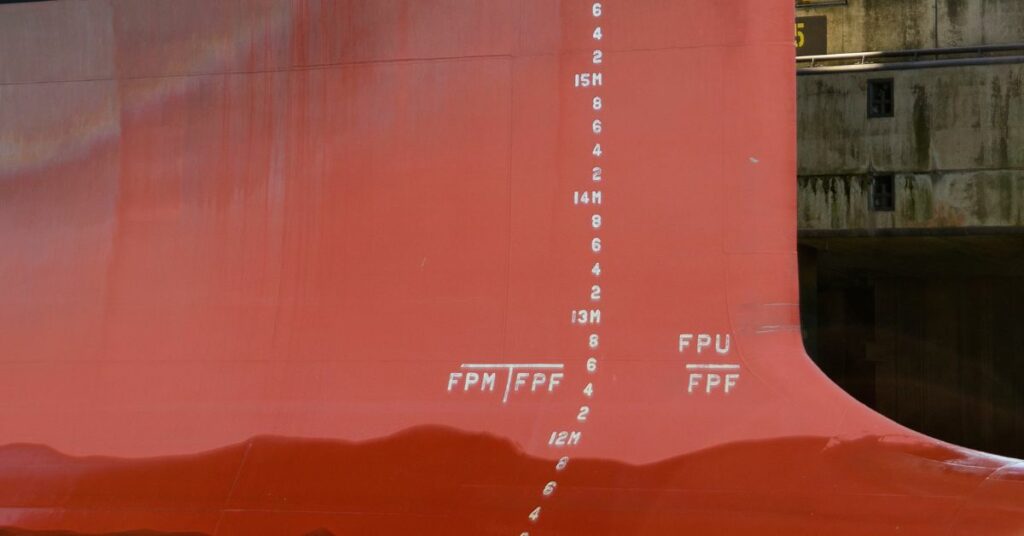What is Seaworthiness And Why it is Important?
Ships and vessels are massive structures that must be built in a precise and safe manner. While small errors can be adjusted and tolerated for other modes of transport such as cars, even a centimetre difference in the construction of a ship can have devastating consequences.
Above all, attention must be paid to the scientific theory behind ship design and manufacture, and this must be followed throughout the construction and fitting process.
However, how do we establish a measure of the safety and the ability of a ship to sail?
How is it possible to classify ships as safe to sail, or as a hazard?
This is where the concept of seaworthiness is used in maritime classification, testing and law.
What is Seaworthiness?
Seaworthiness classifies whether a ship has passed the required tests and safety checks to be able to sail without any mishaps. It determines whether or not the ship has been properly assessed, outfitted and maintained in accordance with admiralty law.
In general, it is an abstract concept used mainly in the field of maritime law. It indicates the condition of the vessel and whether it is safe to sail.
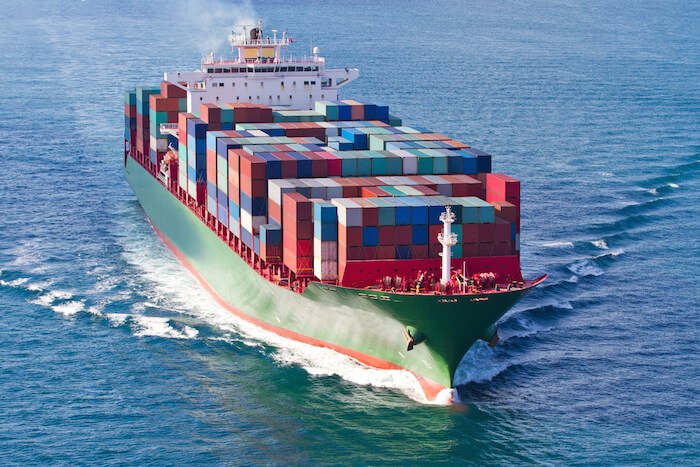
During court proceedings relating to the condition of the vessel, poor construction and maintenance are often the foremost reasons for damage to either property or for the loss of life during maritime accidents. In such cases, the owners and operators of the vessel are held responsible for lapses in maintenance.
The term seaworthiness is generally used to connotate different meanings depending on the usage. For instance, in maritime laws and charters, it can refer to an assurance that the shipowner or operator undertakes. The individual or corporation assures that the ship is safe to sail and has passed the required safety checks.
In the event of any mishap arising from the condition of the ship, they are liable to be charged for neglect. Another connotation is the condition in which the ship is constructed and transferred to its owners. If appropriate measures and standards are not met, the builders are liable to repair and correct the issues, while paying any additional late penalties.
In this article, we will assess the different meanings of the term “Seaworthiness” and analyse how it used in the maritime industry.
We will assess the four main components in which the term seaworthiness plays an important role – shipbuilding contracts, marine insurance, chartering, and the carriage of goods and cargo.
Seaworthiness And Shipbuilding Contracts
Shipbuilding contracts are legal documents that set the terms for the construction and outfitting of ships. It is a signed document between a buyer and a builder, which refers to the future sale of a vessel and its associated goods.
Conventional contracts of sale imply that the ownership of property transfers from builder to buyer on payment, and is immediately in effect. However, shipbuilding contracts are used to lay down terms for the sale of goods in the future.
The ownership of a vessel passes from the shipbuilding company to the buyer, only on completion of the build, and when sufficient terms of the agreement are met. Often, these contracts are the only manner in which high-risk sales are completed.
For instance, in the two to three years that it takes to build and outfit a ship, the finances of the buyer could fluctuate rapidly. Under unforeseen circumstances, if the buyer is unable to complete payment of the final instalment, the contract aids the builders in recouping their losses. This can be either in the form of claiming a security deposit laid down by the buyer or by suing in a court of law. Similarly, the buyer is also protected by the terms of the agreement, in the case of shoddy quality of workmanship.
The term seaworthiness is one of the many standards that must be maintained during the entire construction process and is checked during the transfer of ownership. It is laid down in the contract as a satisfactory quality of workmanship, and that the vessel has passed all the required tests that indicate it is fit to sail.
While the term may not be explicitly mentioned, there is always some variant of the phrase “safe to sail” or “safe for carrying goods” that ensures the highest standards in shipbuilding.
In the unfortunate event that either signing party must be brought to court, the term seaworthiness is used to assess the condition of the ship and whether the builder has fulfilled their terms of the contract.
Lastly, seaworthiness is an abstract concept that comprises of many extensive tests, checks and inspections. It is a joint effort conducted by authorities and experts from both the builders as well as from the buyer.
Parameters such as engine capacity, performance, quality of materials used, quality of welds and joints, steering capability, flooding measures etc. are analysed in an effort to ensure the highest standards in the final product that is delivered. In case some aspect can be improved, the builders correct it by sticking to relevant terms of the contract.
Seaworthiness And Marine Insurance
Insurance is an important legal document that provides for protection in the event of some accident that leads to loss of either life or property. Marine insurance comprises a wide variety of damages that are deemed acceptable for compensation, and where the insuring authority is liable to pay.
Due to the day to day operations of the ship, small damages often occur which can be usually repaired without significantly involving insurance agencies. However, in the event of major damage, it is important to first ascertain the reason for the damage. In such cases, it must be proved that the ship was in a seaworthy state and that it was not a cause for whatever damage occurred.
However, in case the ship was deemed unsafe prior to the incident, the insurer is not liable to pay any damage compensations. In addition, if found that the unsafe nature of the vessel had compromised the life of its crew as well as the goods that it was carrying, the ship operators and owners are liable to pay penalties for not maintaining the ship in a seaworthy condition.
There a few key areas in which the seaworthy nature of the ship must be established while filing for marine insurance cover.
These cover multiple areas in which the state of the ship come into question. These are laid down in the Marine Insurance Act of 1906, and include:
1. Before commencing with a voyage, the vessel must be in a state that is deemed to be seaworthy.
2. During any situation involving damages in a port, the vessel must have been seaworthy prior to entering the port premises.
3. In addition to being seaworthy prior to entering a port, the vessel should also be sufficiently equipped to handle the motions of berthing and docking.
4. In the event that a voyage is split into multiple segments, it is implied that the vessel is seaworthy prior to each leg of the journey.
5. During outfitting or change of equipment, the vessel must be in a seaworthy state that can reasonably handle the perils of shifting the equipment.
6. In the event that a ship is sent to sea in an unworthy state, for any purpose, the insurer is not liable to pay for any form of damages that are caused.
Marine insurance hinges on the impact that the seaworthiness of the ship had on the damages and loss of life or property. If found that the vessel was maintained in a satisfactory condition, the owners are liable to collect payment for damages. However, in the event of neglect or insufficient care, action can be taken against the owners for endangering both life and property.
Seaworthiness And Chartering
Chartering a ship involves temporarily lending a ship to another body or individual, for the purpose of completing a voyage. This includes chartering ships out to shipping companies for a limited time basis. It is the duty of the ship’s owner to ensure that the vessel is seaworthy prior to being handed over to the charterer.
Any problems arising out of negligence can hold the shipowner liable to pay extensive fines and penalties.
There are four main categories of chartering:
1. Time charter indicates that the charterer is able to lease the ship for a certain period of time to determine the routes, ports of call and the types of cargo carried within the stipulated period of time.
2. A voyage charter involves hiring a ship and a crew for a given voyage. The ownership remains with the owner throughout the voyage. The charterer pays an agreed sum to the owner, while he is not liable to pay for any port and crew costs.
3. Bareboat charter involves leasing a ship or vessel to a charterer for extended periods of time that eventually lead to the transfer of ownership. The ownership passes from the original owners to the charterer, on completion of an agreement that usually spans several years. In such cases, the charterer owns the hull or bareboat.
4. Lastly, a demise charter leads to the complete and final shift of ownership of the vessel. It entails the charterer controlling the vessel and taking responsibility for its maintenance. This also includes taking care of any legal and financial obligations involving the ship.
In general, the shipowner owes certain duties to the chartering party prior to lending the ship. These include:
1. The ship must be in a seaworthy state which suits the terms laid down in the charter party agreement.
2. The ship must be suited for loading, handling and stowing of cargo in a safe manner. In addition, it must be able to store and discharge cargo in a manner that does not damage both the vessel as well as the port.
3. It is also the duty of the shipowner to ensure that the vessel meets the terms laid down in the employment agreement, agreed upon by the charterer. This refers to all crew that are hired by the shipowner to meet the terms of the contract. In case the crew are found to be unsatisfactory, the owner is liable to pay damages to the charterer.
4. If the shipowner leases the vessel to another individual or organisation, he or she acknowledges the fact that they are giving the ship in a safe condition that meets industry standards.
Seaworthiness And Carriage of Goods
The shipping industry thrives on the transport of goods through ships and vessels. This accounts for nearly 90% of the total trade movement that takes place over the world.
In such cases, a clear and precise document must be laid out prescribing the expectations from the shipowner. This document must state who the liability for the carriage of goods lies with and the responsibilities that come with it.
In general, carriage of goods implies that the owner must follow the highest standards in maintaining their vessels, so as to prevent any damage from occurring to the cargo that is carried. This includes shipowners as well as any individuals that may be involved in the transporting process. Due to the enormous value that is placed on the shipping industry, the laws regarding seaworthiness and the carriage of goods is also very strict.
As seaworthiness can be loosely defined, the official terms that are mentioned in contracts and agreements are that the vessel is able to reasonably handle the perils of the sea, based on its state of loading. It must perform in a manner like that of other ships that have been loaded and are built similar to the vessel in question.
This agreement protects the owner of the cargo in the event of unforeseen circumstances occurring due to the unseaworthiness of a vessel. In case the ship is chartered to a third party, the ship owners may transfer liability to the chartering party for the duration of the voyage. This includes paying for any damages that arise out of negligence.
The main duties of the owner with respect to the carriage of goods are:
1. The vessel is seaworthy and safe to start a voyage.
2. The crew and equipment onboard the vessel is sufficient to properly man the ship in a safe manner.
3. Facilities for storing cargo and goods are maintained in a proper manner. This includes refrigeration units, holds and temperature-controlled chambers on board the vessel.
In shipping and carriage terms, the shipowner is liable to ensure that the ship, crew, equipment, supplies and handling capabilities are sufficient to safely transport cargo through ports. In addition, they must also ensure that the ship is built to withstand the perils of entering and docking at ports.
According to the current Hague-Visby Rules that govern the carriage of goods, shipowners must ensure seaworthiness at the beginning of the voyage. In the event of some damage during the course of the journey, it can be attributed to natural or unforeseen causes that are liable to be covered under marine insurance. However, under the proposed Rotterdam Rules, ship owners will be required to maintain a state of seaworthiness throughout the voyage, at all times.
Concluding..
The bottom line is that seaworthiness is an abstract concept used in maritime law that indicates how safe and ready a ship is to sail. Regular checks must be carried out to ensure that the highest standards are maintained onboard the vessel at all times. If found to be negligent, the owners are liable to face strict action. Before accepting or assessing a ship, it is important to check with experts and marine professionals regarding the state of the ship.
The Merchant Shipping Act makes it a criminal offence to send an unseaworthy and unsafe ship out to sea. In the event that crew or passengers deem the ship to be unsafe, they can approach the relevant authorities to register a complaint. In the case of crew members, there must be at least five members who agree on the unseaworthy nature of the vessel.
Only then will a complete investigation be launched. Unsatisfactory safety measures, faulty equipment etc. are considered to be unsafe. Since ships often spend days at sea without docking at land, it is important that the highest safety standards be maintained. Thus, inspections can be used to ensure that the vessel is properly equipped to handle the perils of the sea, as well as to ensure the safety of its crew, passengers and the property on board.
Do you have info to share with us ? Suggest a correction

About Author
Ajay Menon is a graduate of the Indian Institute of Technology, Kharagpur, with an integrated major in Ocean Engineering and Naval Architecture. Besides writing, he balances chess and works out tunes on his keyboard during his free time.
Latest Naval Arch Articles You Would Like:
Subscribe To Our Newsletters
By subscribing, you agree to our Privacy Policy and may receive occasional deal communications; you can unsubscribe anytime.







